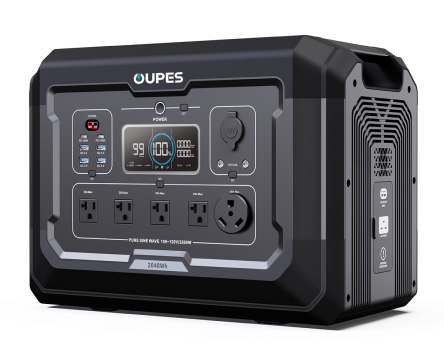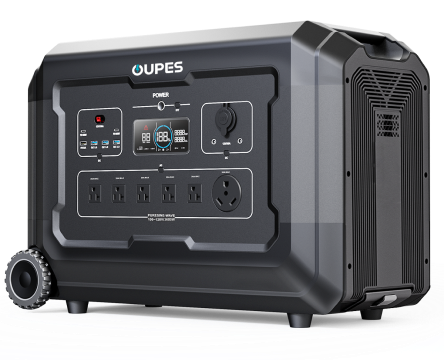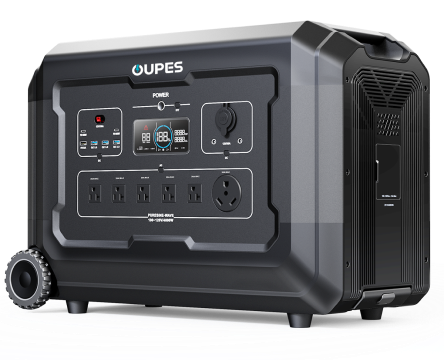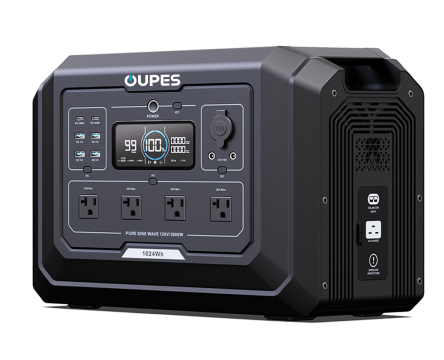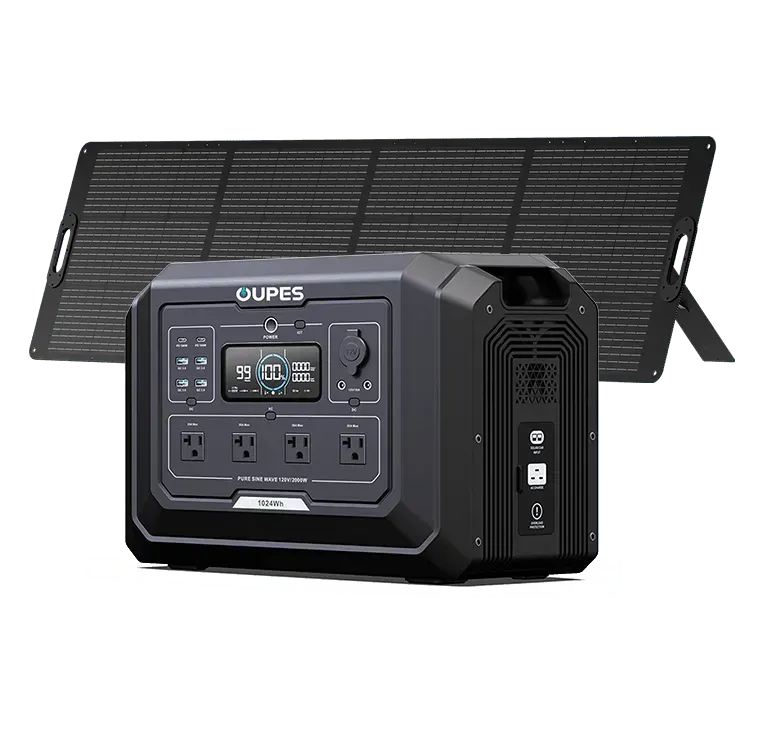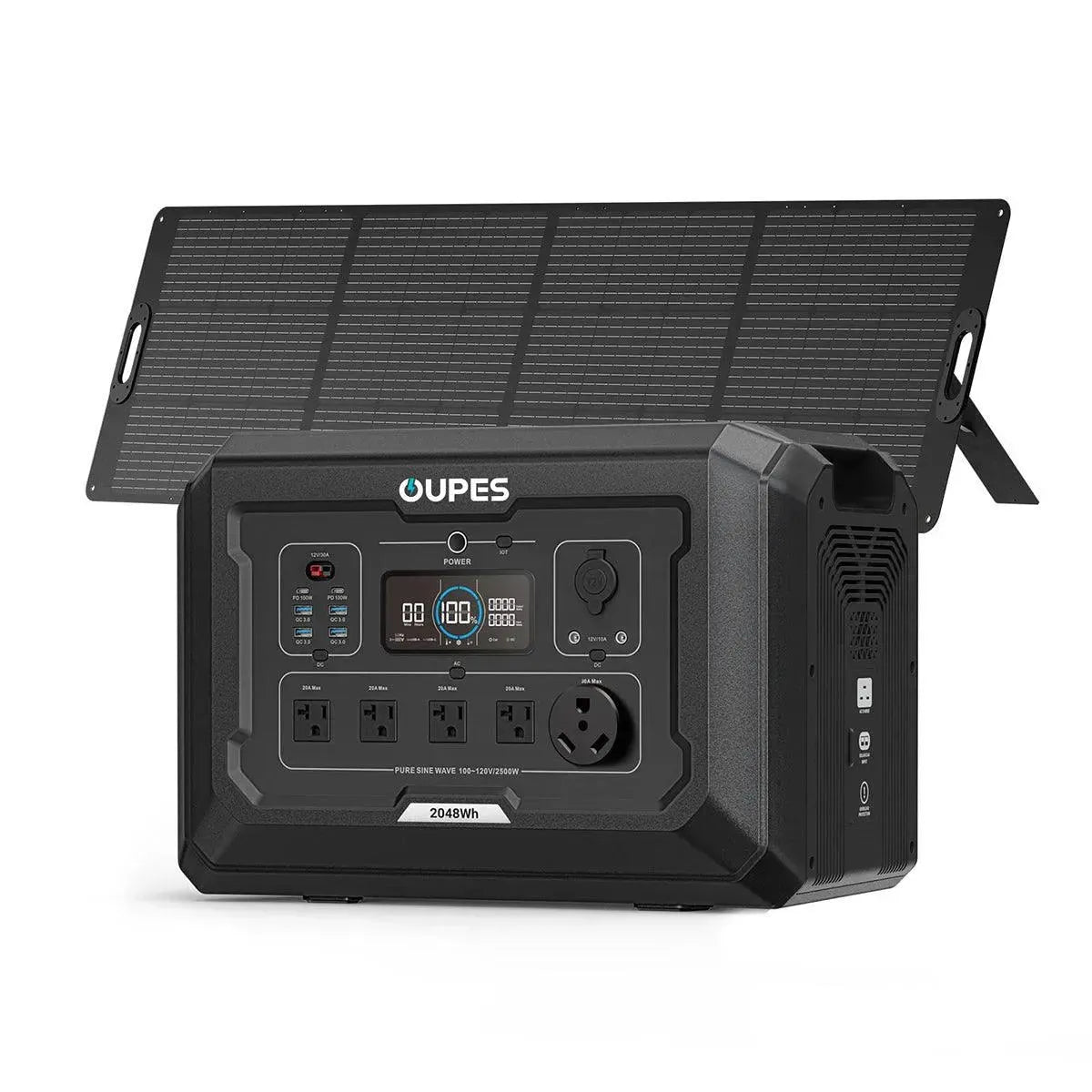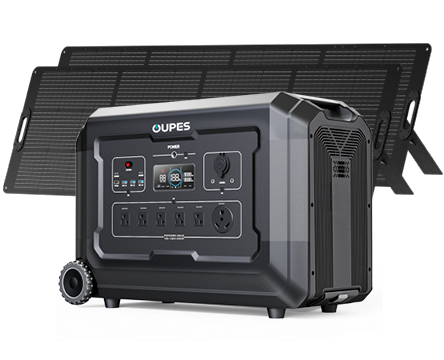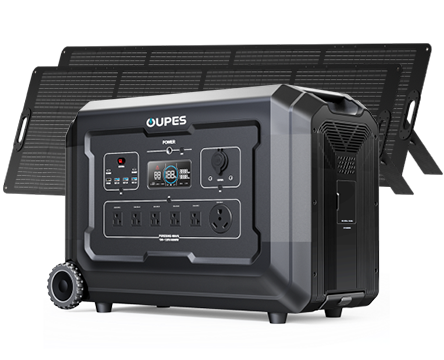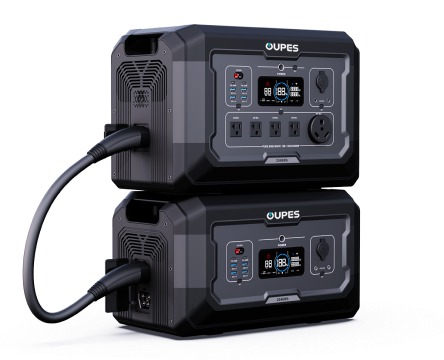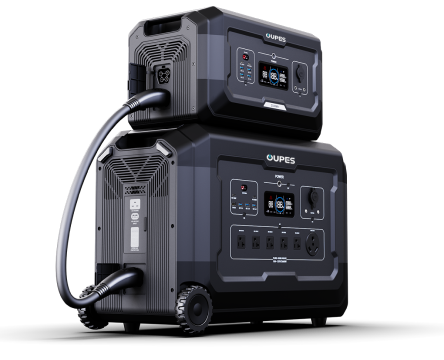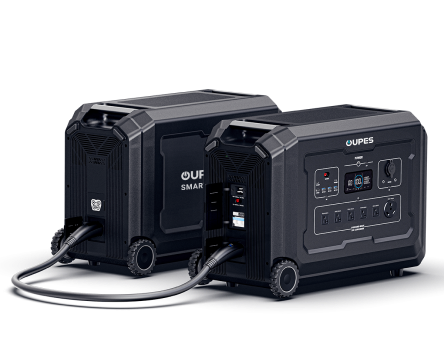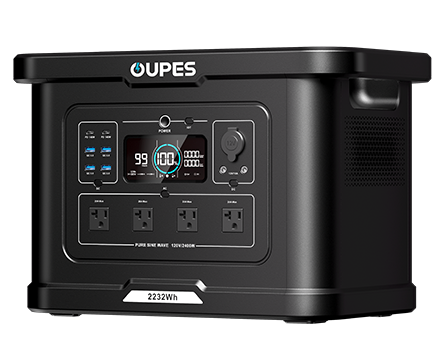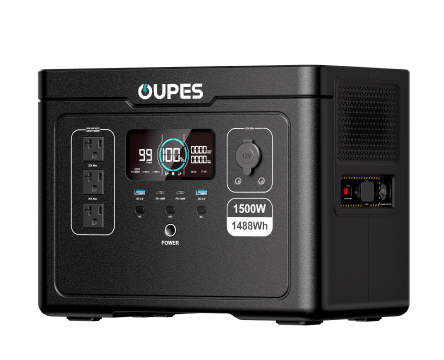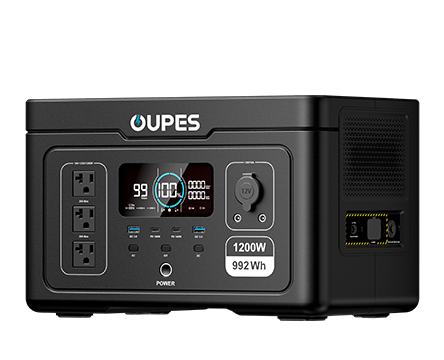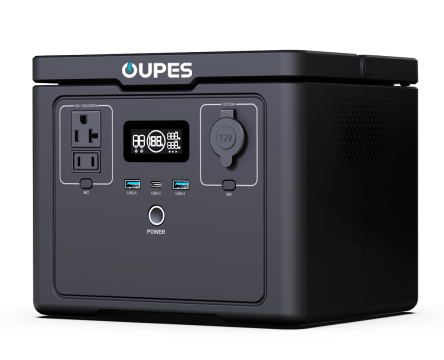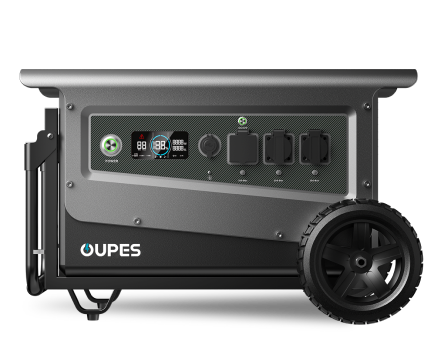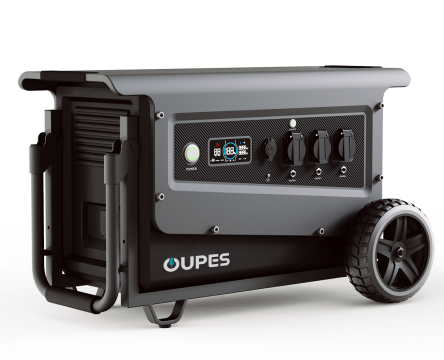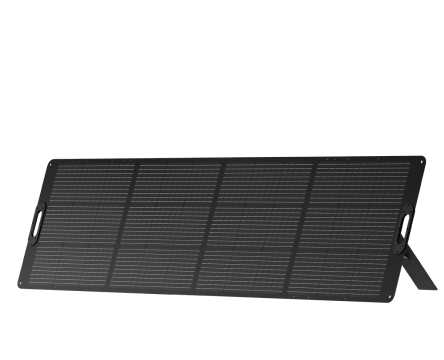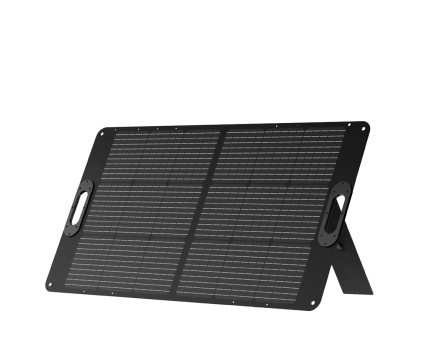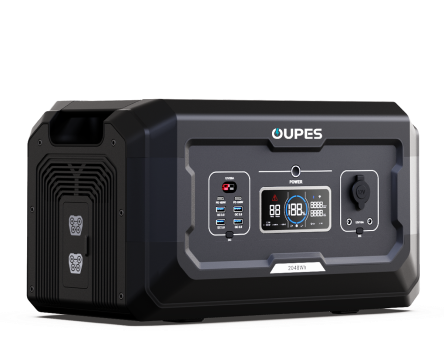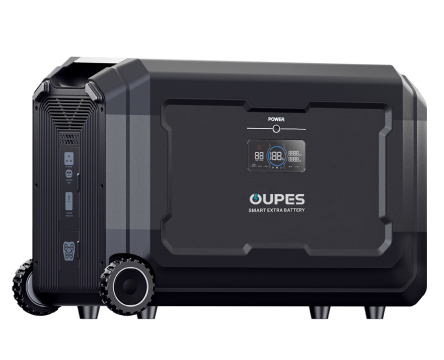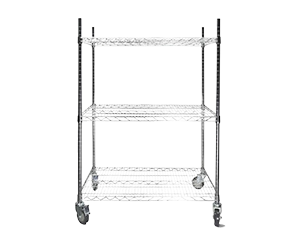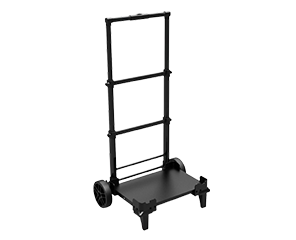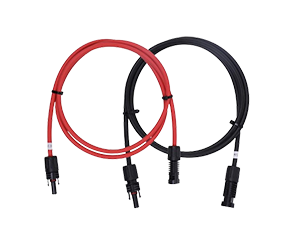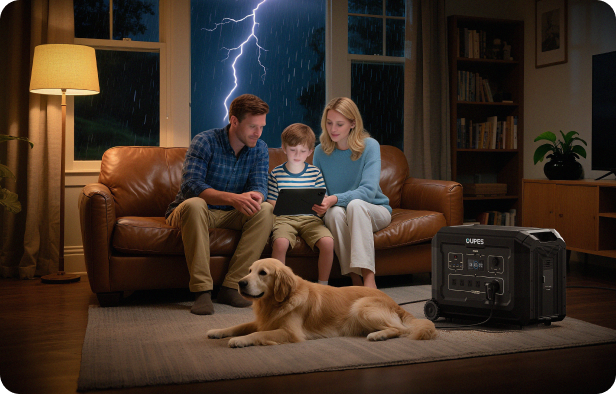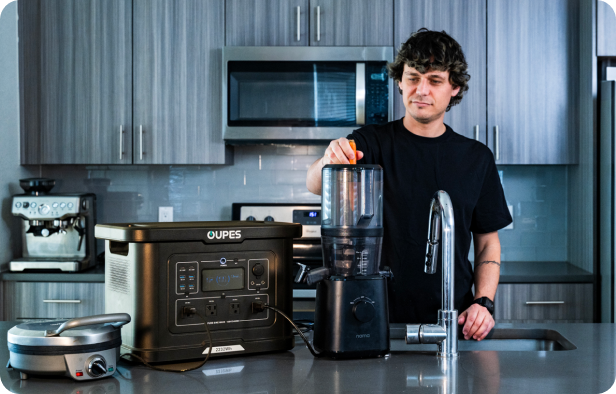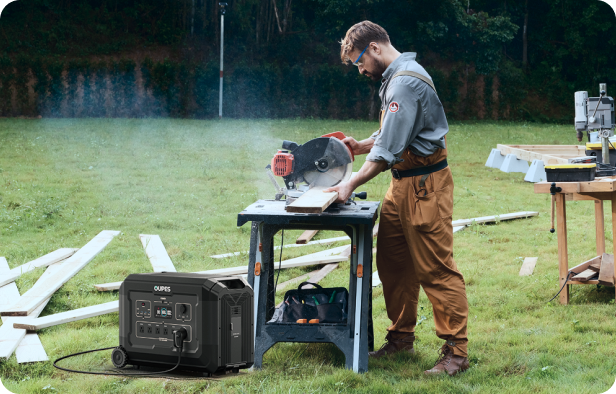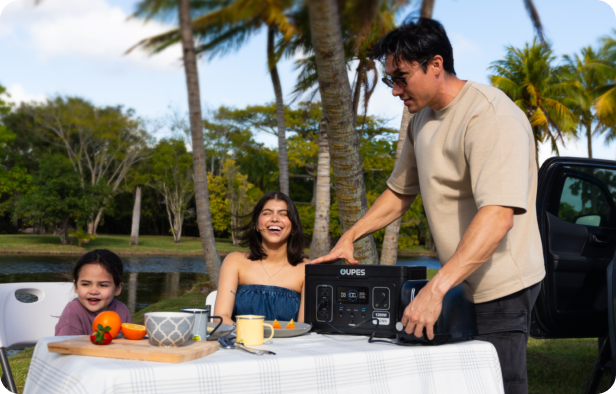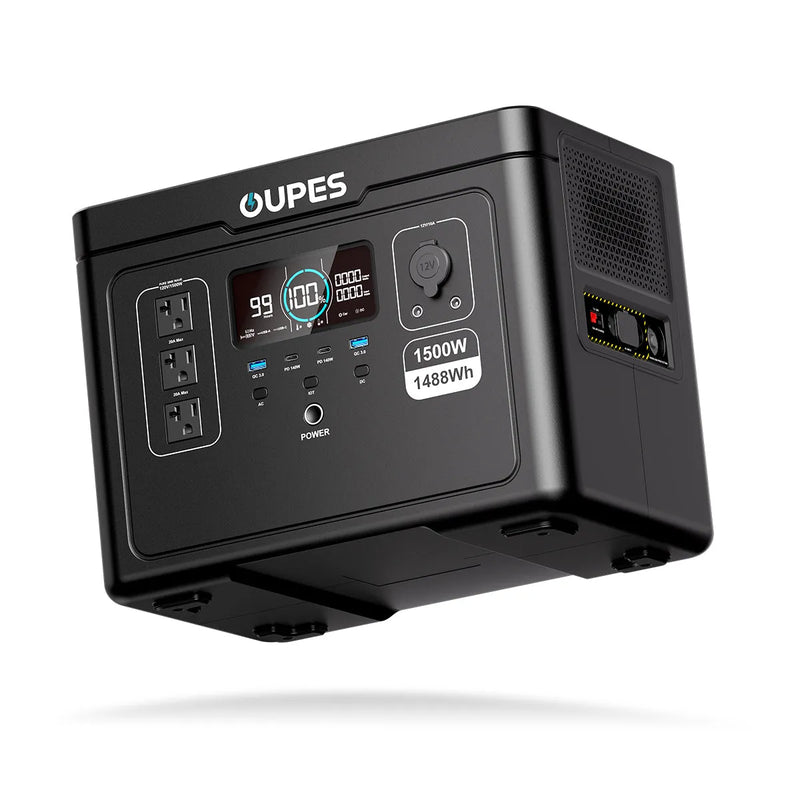
Charging a battery with a solar panel is a sustainable solution, but many users want to know: how can you do it faster? Whether for home backup, camping, or emergencies, understanding fast-charging techniques can help you maximize solar efficiency. This article explores how solar charging works, ways to speed it up, and practical scenarios where it makes the most sense.
Understanding Solar Panel Battery Charging
Solar panels generate direct current (DC) electricity, which is then regulated by a charge controller before entering the battery. The process is safe, efficient, and eco-friendly, but the charging speed depends on several factors such as sunlight, battery size, and panel capacity.
How to Fast-Charge a Battery with a Solar Panel
Fast-charging a battery using a solar panel involves optimizing both your solar setup and energy usage. The key lies in panel size, advanced charge controllers, and using the right charging techniques.
- Choose higher-wattage solar panels for faster energy input.
- Use an MPPT charge controller for efficient conversion.
- Position solar panels at the correct angle to maximize sunlight capture.
- Combine multiple panels in parallel for higher current delivery.
Key Factors Affecting Charging Speed
| Factor | Impact on Charging Speed | Optimization Strategy |
|---|---|---|
| Solar Panel Wattage | Higher wattage provides faster charging | Choose panels sized to your battery capacity |
| Charge Controller Type | PWM is slower; MPPT is faster and more efficient | Invest in MPPT technology |
| Sunlight Availability | Strong sunlight increases charging speed | Place panels in direct sunlight without shade |
| Battery Size | Larger batteries take longer to charge | Match panel size to battery capacity |
Techniques to Maximize Charging Efficiency
1. Optimize Panel Positioning
Adjust the tilt angle seasonally for maximum sunlight exposure. Even small adjustments can significantly improve efficiency.
2. Combine Charging Inputs
Use solar charging in combination with AC or car charging (if supported) to top up faster during emergencies.
3. Energy-Efficient Usage
Limit the devices drawing power while charging. This ensures more of the solar input goes directly to the battery.
4. Use Larger Arrays
Linking multiple panels increases input current, dramatically reducing charging times.
Comparison of Charging Methods
| Charging Method | Speed | Best Use Case |
|---|---|---|
| Solar Only | Moderate (depends on sunlight) | Eco-friendly, off-grid use |
| Solar + AC | Fast | Emergency recharging |
| Solar + Car | Moderate | On-the-go charging |
| AC Only | Very Fast | Quick indoor recharging |
Real-World Applications
Emergency Situations
Fast charging ensures backup power for essential devices like medical equipment and refrigerators during blackouts.
Outdoor Recreation
Campers and RV users can quickly top off batteries to extend their off-grid adventures.
Daily Home Use
Homeowners can recharge batteries quickly after cloudy days to ensure energy is available at night.
Frequently Asked Questions (FAQ)
1. How long does it take to charge a 12V battery with a solar panel?
Charging time depends on panel wattage, battery size, and sunlight. A 200W panel may take 6–8 hours for a mid-size battery.
2. Do MPPT controllers really make a difference?
Yes, they can improve charging efficiency by up to 30% compared to PWM controllers.
3. Can I fast-charge on cloudy days?
Charging will be slower, but using larger panels or multiple inputs can help maintain faster rates.
4. Is it safe to fast-charge a battery with solar?
Yes, as long as the system includes a proper charge controller to prevent overcharging.
5. Can I use devices while the battery charges?
Yes, but usage will slow the charging process since energy is split between charging and powering devices.
6. How can I reduce charging time the most?
Use multiple panels, optimize positioning, and combine solar with other charging inputs.
7. What battery types charge fastest with solar?
Lithium iron phosphate (LiFePO4) batteries generally charge faster and more efficiently than lead-acid batteries.
8. Do larger batteries always take longer to charge?
Yes, unless you increase the input wattage proportionally with more or higher-capacity panels.
Conclusion
Fast-charging a battery with a solar panel is possible with the right setup, including high-wattage panels, MPPT controllers, and efficient usage strategies. Whether for emergencies, camping, or home backup, optimizing your solar system ensures you always have reliable energy when you need it most.

